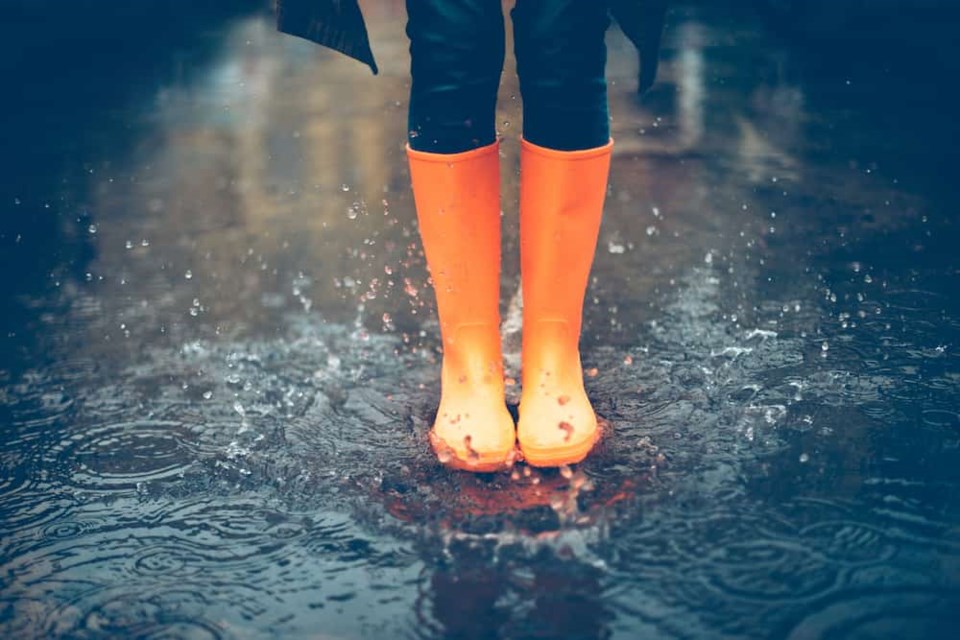Light showers fell across much of southern and coastal British Columbia Friday — what for many was the first taste of rain since early July.
“It has been around three months of really dry conditions,” said Environment Canada meteorologist Alyssa Charbonneau.
While welcomed by many, Charbonneau warned the Friday showers would offer a short-lived reprieve from the hot, dry temperatures that have been made worse by smoky skies.
The five to 10 millimetres of rain is expected to give way to a mix of sun and cloud over the weekend, before another system arrives at the coast, according to Environment Canada.
That’s when B.C.’s south coast should expect around 20 millimetres of rain, climbing to 30 centimetres in the mountainous regions of Metro Vancouver’s Tri-Cities and North Shore.
Charbonneau said weather models are indicating a return to normal fall weather, meaning rain, clouds and windy conditions.
“That means that over time we should hopefully start to see some improvement in the drought conditions,” she said.
Mixed signals on winter outlook
If there’s one thing long-term climate models can agree on, it’s a return to a La Niña-dominated winter. What that means for B.C. is less certain.
Last week, NOAA’s Climate Prediction Center said there is a 75 per cent chance of La Niña between December and February.
And on Thursday, U.S. National Weather Service released its updated winter outlook, reaffirming North America will be dominated by a third straight La Niña winter.
The National Oceanic and Atmospheric Administration said winter temperatures will dip up to 50 per cent below normal along a border region stretching from B.C. to the western reaches of the Great Lakes.
Precipitation, meanwhile, is expected to be 40 to 50 per cent above average across the border regions of B.C. and Alberta.
“[Canadian] communities near the border will probably see something similar,” said Charbonneau.
But the Environment Canada meteorologist also warned that it’s just one forecast and “there are other ways the winter could play out.”
The U.S. outlook partly lines up with a winter outlook released by AccuWeather earlier this week. The weather forecasting service agreed with NOAA that the Prairies and eastern B.C. would have below-average temperatures.
In B.C.’s central and southern regions, however, AccuWeather meteorologist Brett Anderson said “near-normal” temperatures, snowfall and rain would prevail.
Environment Canada’s long-term winter weather models, meanwhile, found nearly equal probabilities B.C. could face a winter dominated by above, below or average temperatures and precipitation.
At this point, said Charbonneau, “there’s no reliable signal.”
And even if Environment Canada climatologists come back with something more definitive at the end of October, when their next modelling update comes out, Charbonneau warned that week-to-week weather is incredibly hard to forecast that far out.
“We know that climate models are inherently unreliable for predicting weather over the long-range,” she said.
“They can give you some information, but we can’t really hang your hat on that.”



